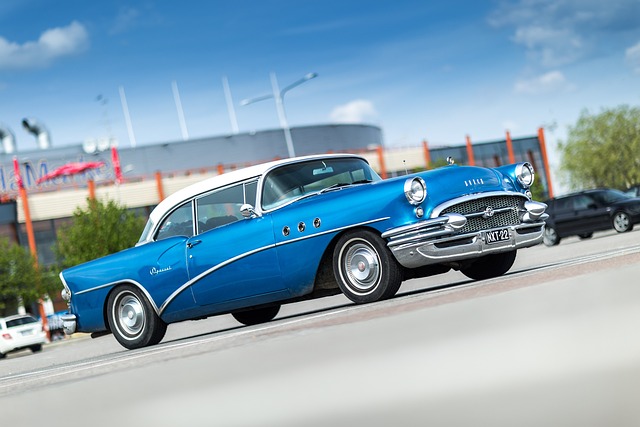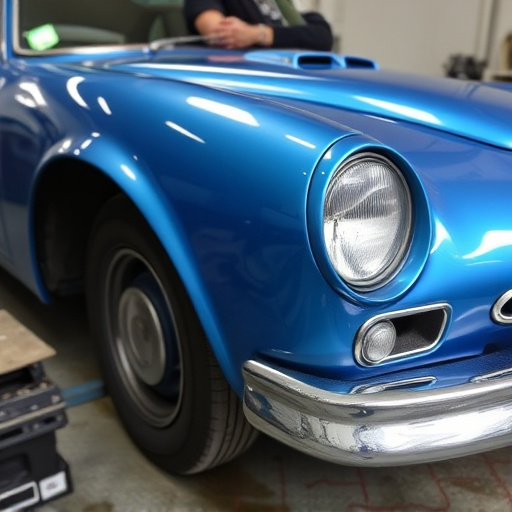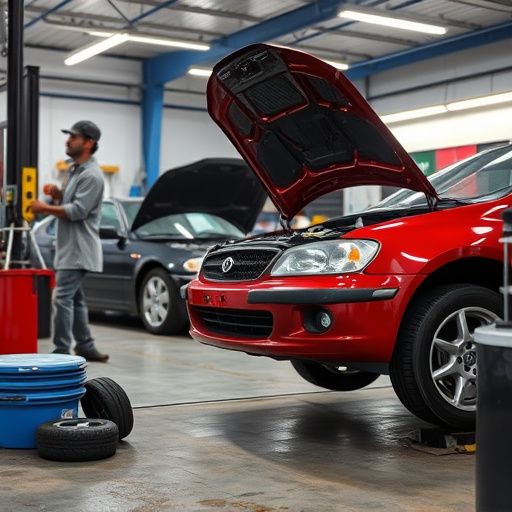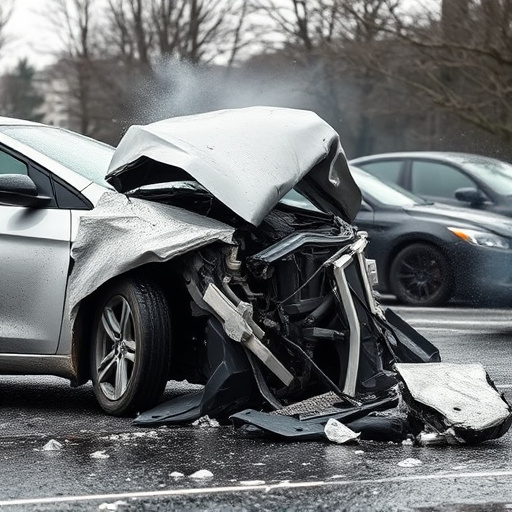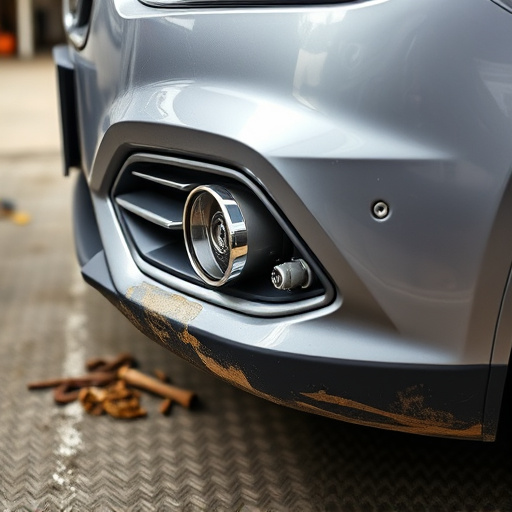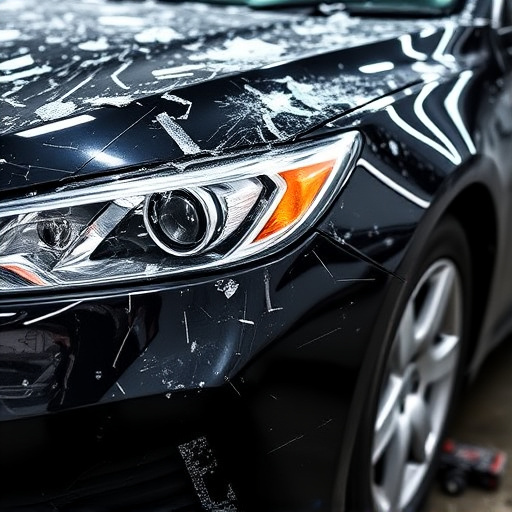Tesla's over-the-air diagnostic support remotely identifies and fixes MCU performance issues through wireless data access, enhancing customer convenience and vehicle health by minimizing service center visits for minor repairs, while addressing security concerns and acknowledging limitations in remote troubleshooting.
Tesla’s over-the-air (OTA) diagnostic support has revolutionized vehicle maintenance. With this innovative feature, remote troubleshooting of MCU performance issues is now a reality. This article delves into Tesla’s OTA capabilities, exploring how it identifies and addresses problems within the Model Control Unit (MCU). We examine the benefits, such as enhanced convenience and reduced downtime, while also discussing challenges like data privacy concerns. By understanding these aspects, Tesla owners can fully leverage OTA support for a smoother driving experience.
- Understanding Tesla's Over-the-Air Diagnostic Capabilities
- How MCU Performance Issues Are Detected Remotely
- Benefits and Challenges of Over-the-Air Support for Teslas
Understanding Tesla's Over-the-Air Diagnostic Capabilities

Tesla’s over-the-air diagnostic support is a game-changer when it comes to addressing MCU (Microcontroller Unit) performance issues in their vehicles. This innovative feature allows Tesla to remotely access and diagnose problems within the car’s system, revolutionizing traditional repair methods. By leveraging wireless technology, Tesla can push software updates and troubleshoot various components without physically present at the vehicle’s location.
This capability is particularly useful for identifying and fixing minor glitches or performance bottlenecks early on. For instance, if there’s an issue with the MCU affecting the car’s acceleration or power delivery, Tesla can remotely check sensor data, log files, and perform diagnostic routines to pinpoint the problem. This not only enhances customer experience but also reduces the need for frequent visits to service centers, especially for issues that don’t involve complex vehicle collision repair or extensive car scratch repair tasks.
How MCU Performance Issues Are Detected Remotely

Tesla’s over-the-air diagnostic support plays a pivotal role in identifying and resolving Microcontroller Unit (MCU) performance issues remotely. This advanced technology leverages interconnected vehicle networks to monitor real-time data, allowing for early detection of anomalies. By analyzing various parameters such as processing speed, memory usage, and communication protocols, the system can pinpoint problem areas without requiring physical access to the vehicle.
Remote diagnosis is particularly beneficial in scenarios where a vehicle has experienced a minor incident, like a fender bender or auto glass repair, which might not immediately manifest as severe MCU performance degradation. Through continuous background monitoring, Tesla’s system can detect subtle changes and send alerts, enabling proactive measures before what could become a more significant problem, much like an automotive body shop identifying hidden damage through advanced imaging techniques.
Benefits and Challenges of Over-the-Air Support for Teslas

The introduction of Tesla over-the-air diagnostic support has revolutionized vehicle maintenance, offering numerous benefits to owners. One of the key advantages is the ability to remotely diagnose and address performance issues with the car’s MCU (Modular Control Unit), reducing the need for physical visits to service centers. This feature ensures timely problem resolution, as updates can be pushed directly to the vehicle without the hassle of transportation. Moreover, it extends the lifespan of components like the fender and dent removal tools, as over-the-air updates minimize wear and tear caused by frequent repairs traditionally required in auto repair services.
However, challenges exist, particularly regarding security concerns with such remote access. Ensuring data privacy and protecting vehicles from potential cyber threats are critical considerations for Tesla. Additionally, not all performance issues may be suitable for over-the-air solutions, as complex repairs or physical inspections might require hands-on expertise in auto repair services. Therefore, while Tesla’s over-the-air diagnostic support is a game-changer for efficient vehicle management, it must balance convenience with the need for specialized interventions.
Tesla’s over-the-air (OTA) diagnostic support for MCU performance issues represents a significant advancement in vehicle care. By leveraging remote detection capabilities, Tesla owners can benefit from swift and efficient troubleshooting without the need for physical visits to service centers. This technology not only enhances convenience but also ensures optimal vehicle performance through proactive issue resolution. However, as with any innovative approach, OTA diagnostic support comes with its own set of challenges, including data privacy concerns and potential connectivity limitations. Balancing these factors, Tesla continues to refine its OTA capabilities, ultimately aiming to deliver a seamless and comprehensive ownership experience.

